MEGALODONS AROUND THE WORLD
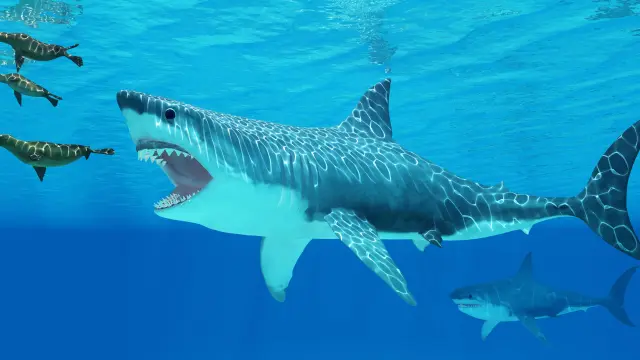
Exploring Megalodons: Ancient Giants of the Seas
Megalodons, the massive predators of ancient oceans, have long captivated the human imagination with their immense size and formidable presence. These creatures, believed to have roamed the oceans millions of years ago, have left behind a legacy shrouded in mystery and fascination. Throughout history, evidence of their existence has been discovered in various regions around the world, offering glimpses into their ecology and behavior. In this exploration, we delve into the discoveries of Megalodons in South and North Carolina, Bone Valley in Florida, Indonesia, and Georgia, shedding light on their significance in paleontological research.
South and North Carolina: Unearthing Megalodon Mysteries
The coastal regions of South and North Carolina have proven to be fertile grounds for paleontologists and fossil enthusiasts alike. Here, remnants of ancient marine life, including the elusive Megalodon, have been unearthed from sedimentary layers, providing valuable insights into their past existence. Fossilized teeth, the hallmark of the Megalodon, have been discovered washed ashore or embedded within the earth during excavations, offering tantalizing clues about the creature’s size and anatomy. These findings serve as reminders of the region’s rich geological history and the awe-inspiring creatures that once inhabited its waters.
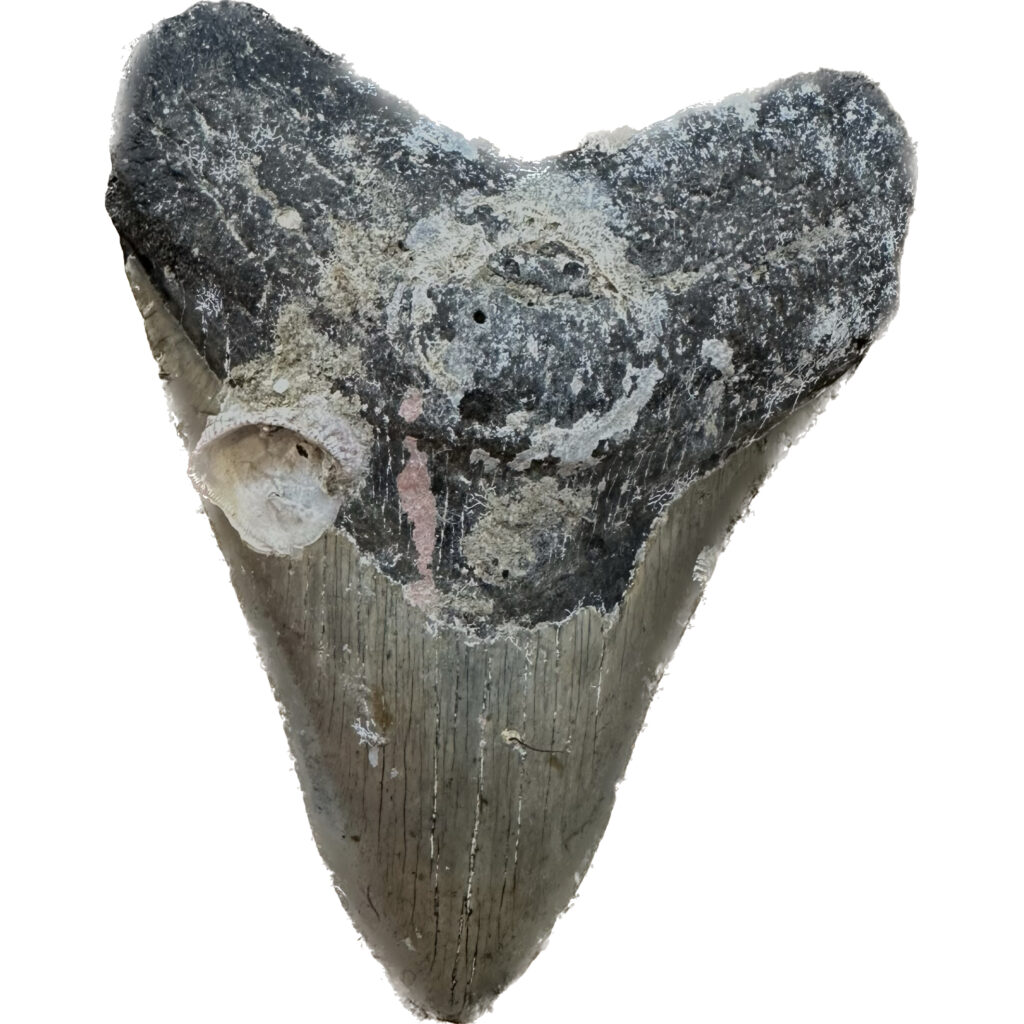
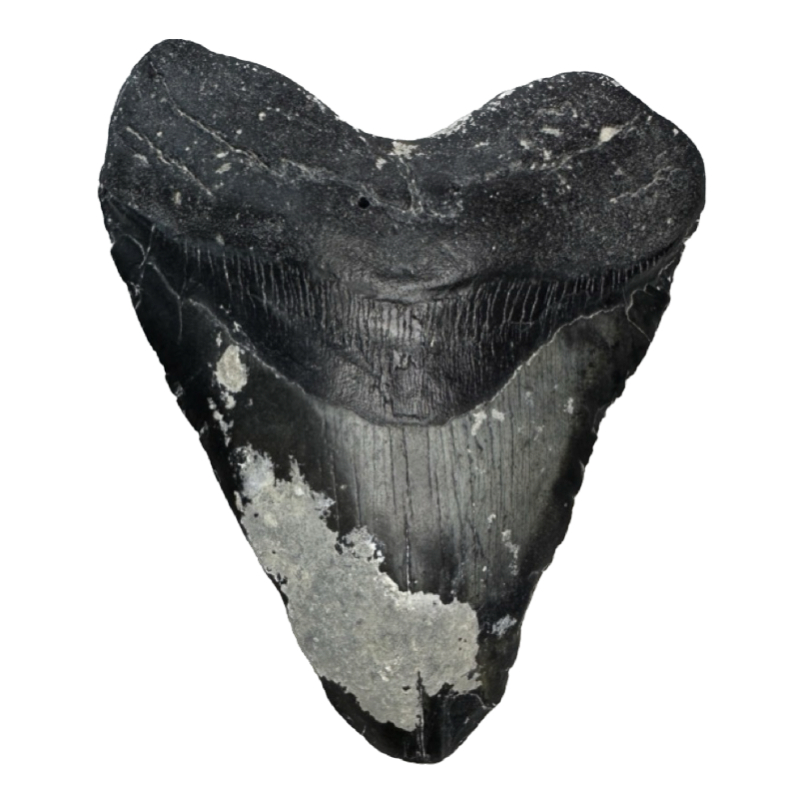
In these regions, the discovery of Megalodon fossils has facilitated scientific research aimed at understanding the ecology and behavior of these ancient predators. By examining the size, shape, and serration patterns of Megalodon teeth, researchers can infer details about their feeding habits and ecological roles. Additionally, the stratigraphic context of these fossils provides valuable information about the environmental conditions in which Megalodons thrived, aiding in the reconstruction of ancient marine ecosystems.
Bone Valley, Florida: A Paleontological Treasure Trove
Nestled within the heart of Florida lies Bone Valley, a region renowned for its abundance of prehistoric fossils and ancient marine life. Megalodon remains have been among the notable discoveries made within this paleontological paradise, offering valuable insights into their evolutionary history. Fossilized teeth, some measuring several inches in length, have been unearthed from the phosphate-rich deposits that characterize the area, providing researchers with a wealth of data about Megalodon morphology and diversity.
The phosphate mining operations in Bone Valley have played a crucial role in uncovering Megalodon fossils, as well as those of other prehistoric creatures. Through careful excavation and analysis, scientists have been able to reconstruct the size, anatomy, and evolutionary relationships of Megalodons, contributing to our understanding of their place in the marine ecosystem. Furthermore, the preservation of Megalodon fossils in Bone Valley serves as a testament to the region’s geological significance and the importance of conservation efforts to protect these invaluable treasures.
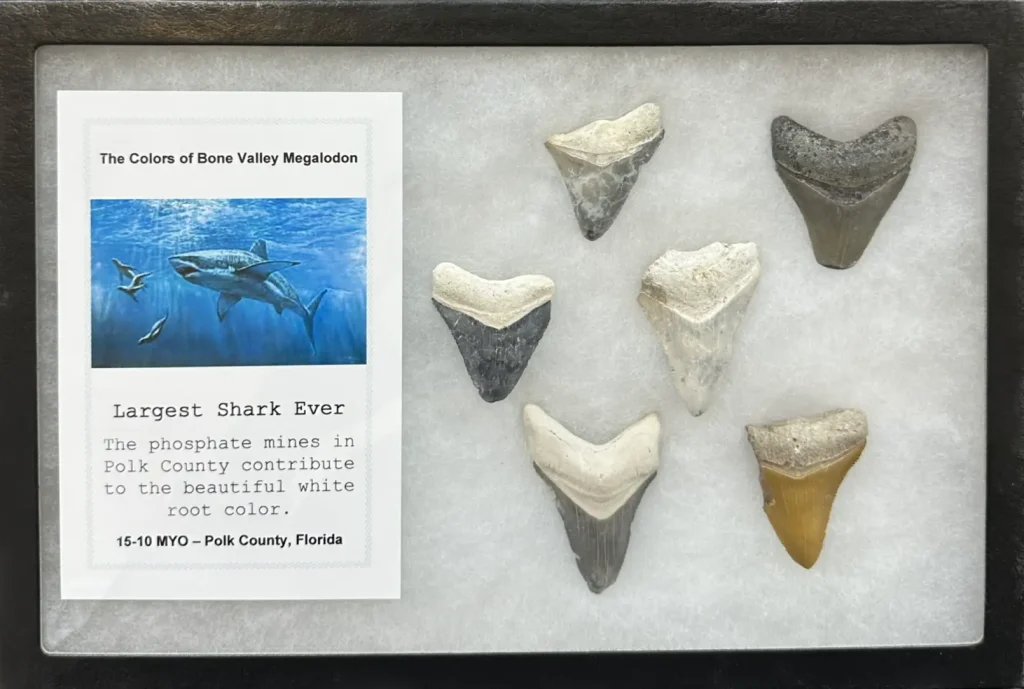
Indonesia: Traces of Megalodon in the Coral Triangle
In the waters surrounding Indonesia, amidst the stunning biodiversity of the Coral Triangle, traces of Megalodons echo through the depths. Although direct evidence of their existence may be limited compared to other regions, occasional discoveries of Megalodon fossils along the country’s coastline provide insights into their past presence. These relics offer glimpses into Indonesia’s geological past and the mysterious creatures that once inhabited its waters, enriching our understanding of the region’s paleontological heritage.
Despite the challenges of uncovering Megalodon fossils in Indonesia, the country’s diverse marine ecosystems provide a unique opportunity to study the interactions between ancient predators and their environment. By examining the distribution of Megalodon fossils and their associated fauna, scientists can infer aspects of their behavior, diet, and habitat preferences. Furthermore, the cultural significance of Megalodons in Indonesian folklore underscores their enduring legacy in the region, transcending the boundaries of scientific inquiry.
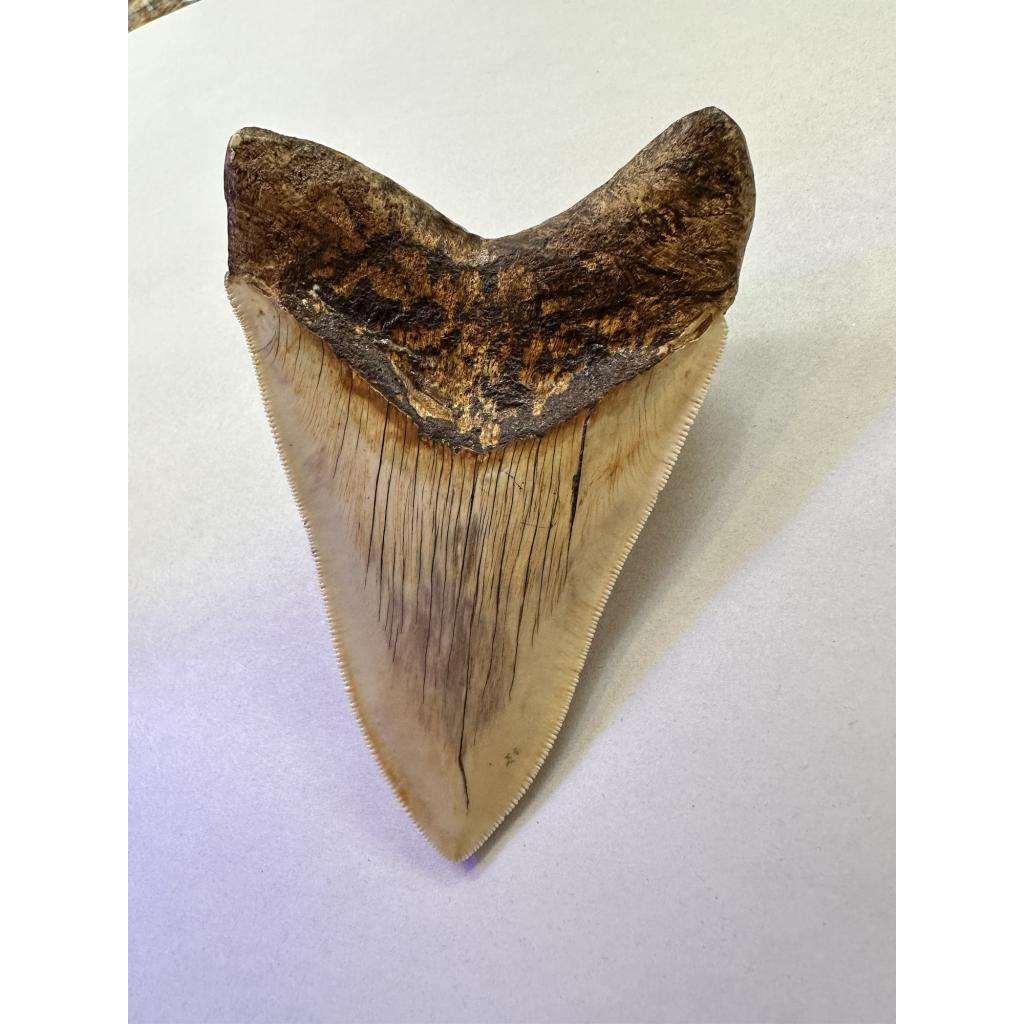
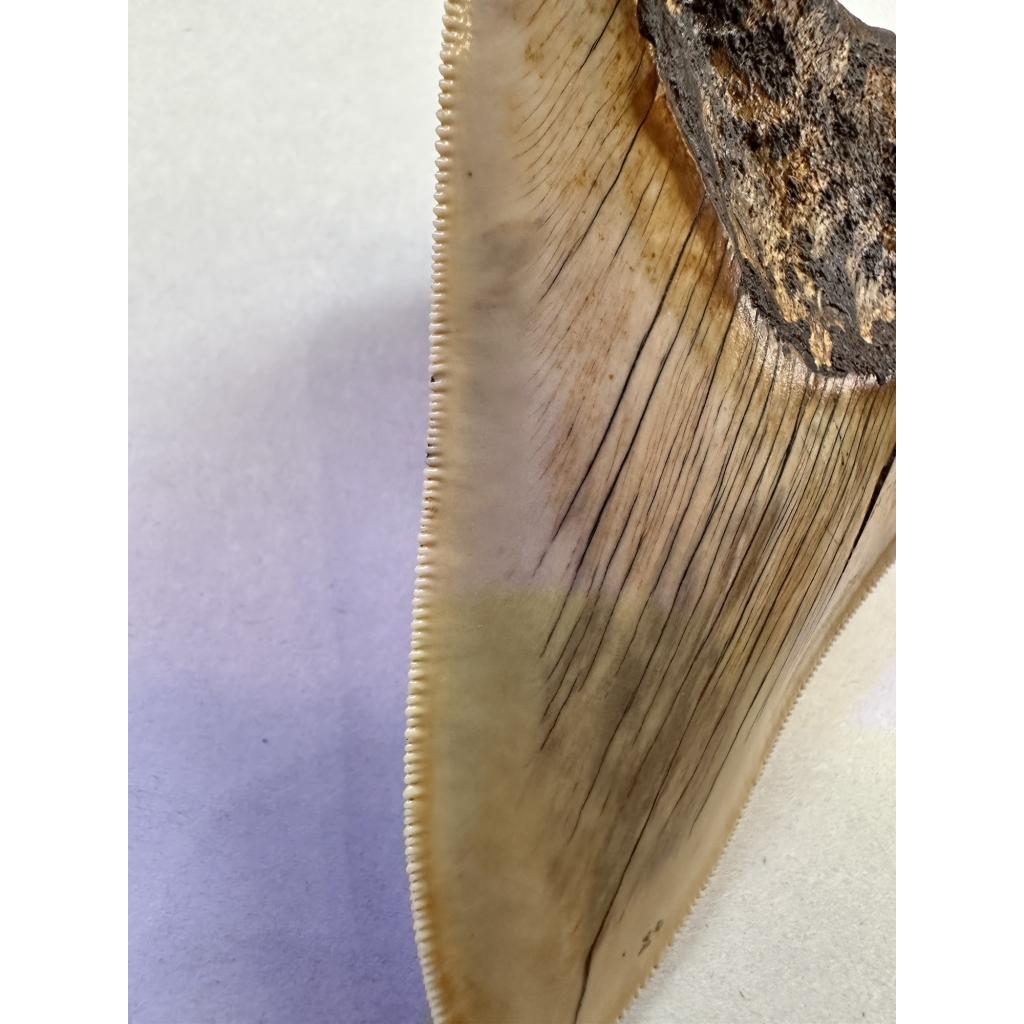
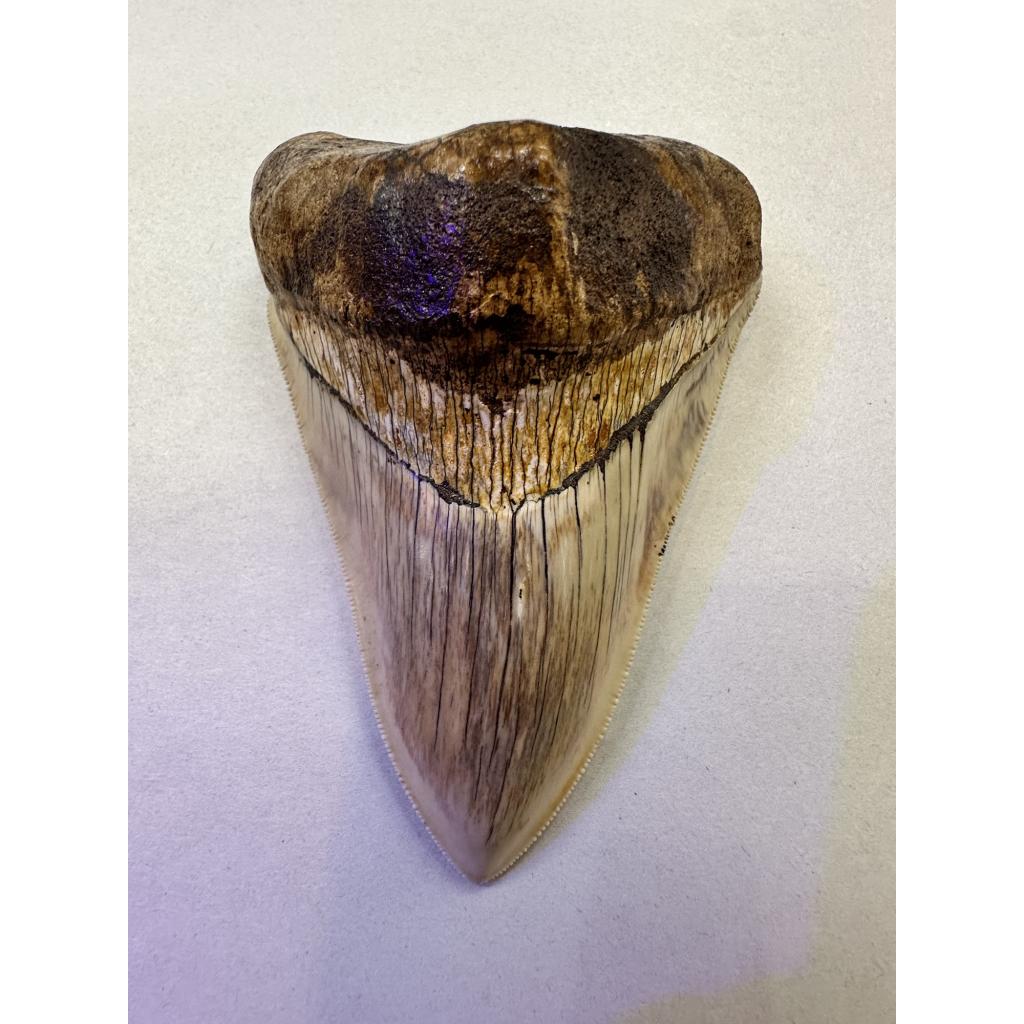
Georgia: Megalodon Lore Along the Atlantic Coast
Along the Atlantic coast of Georgia, stories of Megalodons weave themselves into the fabric of local lore and legend. While concrete evidence of their existence within Georgia’s waters may be limited, the discovery of Megalodon fossils in neighboring states fuels speculation about their potential presence in the region. Coastal communities, steeped in maritime traditions, harbor tales of encounters with colossal sharks reminiscent of the Megalodon, further adding to the mystique surrounding these ancient predators.
The cultural significance of Megalodons in Georgia underscores their enduring impact on local communities and their connection to the marine environment. Despite the absence of definitive fossil evidence, the presence of Megalodon fossils in nearby regions suggests that these prehistoric sharks may have inhabited the waters of the southeastern United States. These stories serve as a reminder of the region’s rich natural history and the role that Megalodons played in shaping ancient marine ecosystems.
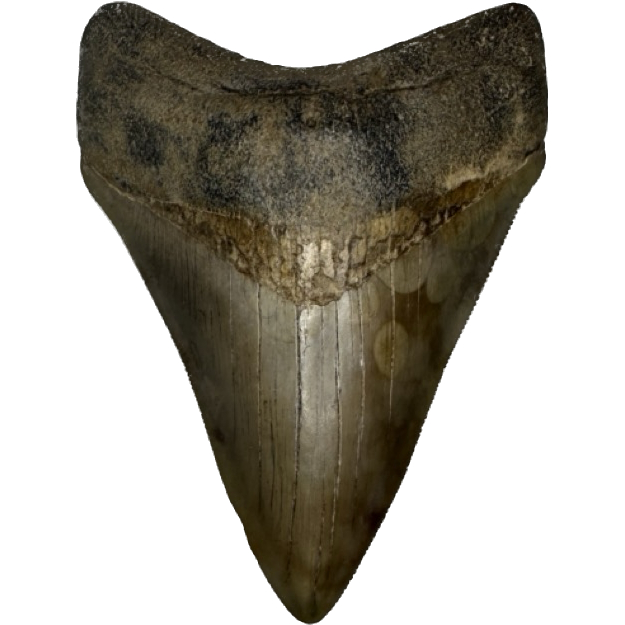

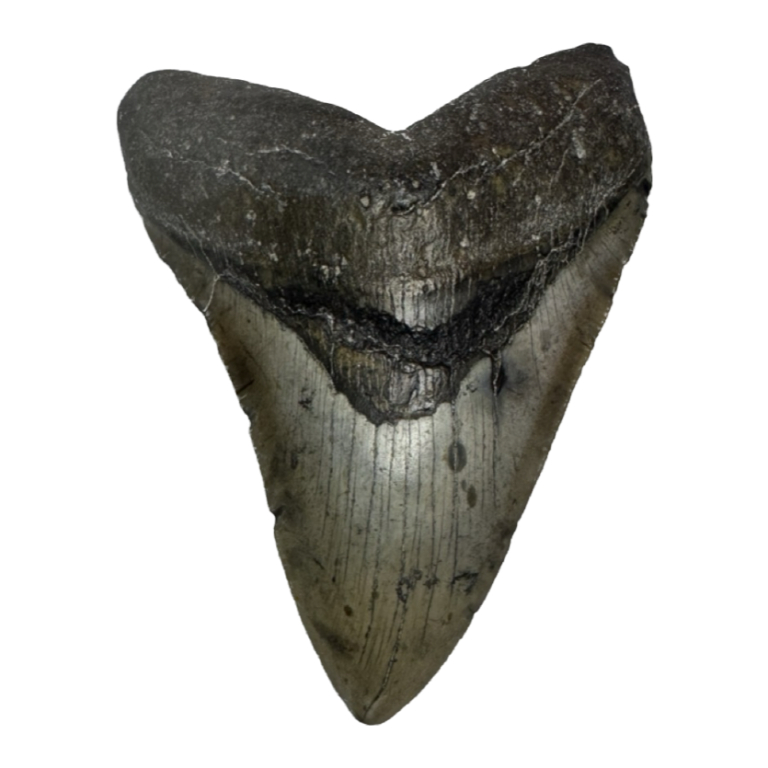
Challenges of Finding Megalodon Remains in Rivers
While much attention is paid to Megalodon discoveries in marine environments, searching for their remains in rivers presents unique challenges. Unlike oceanic sediments, which may preserve fossils more effectively due to their stability, riverbeds are subject to erosion and sediment transport, making the preservation of Megalodon fossils rare and fleeting. Furthermore, the process of fossilization itself is less likely to occur in riverine environments compared to marine sediments, reducing the likelihood of Megalodon remains being preserved over geological time scales.
Despite these challenges, paleontologists and enthusiasts occasionally uncover Megalodon fossils in riverbeds, providing valuable insights into their past distribution and behavior. These discoveries are often serendipitous, occurring during construction projects, dredging operations, or natural erosion events. However, the fragmented nature of riverine fossils and the dynamic nature of river ecosystems make it difficult to piece together a comprehensive understanding of Megalodon ecology and habitat preferences based solely on riverbed finds.
Nevertheless, the occasional discovery of Megalodon remains in rivers underscores the importance of exploring diverse geological settings and remaining vigilant for opportunities to uncover new insights into Earth’s ancient past. As technology and methodologies for fossil exploration continue to advance, it is possible that future discoveries in riverine environments may contribute further to our understanding of Megalodon biology and evolution, enriching our knowledge of these magnificent creatures and the world they inhabited millions of years ago.

Preserving the Legacy of Megalodons
In conclusion, Megalodons continue to fascinate and inspire us with their enigmatic presence and formidable stature. From the coastal regions of South and North Carolina to the phosphate-rich deposits of Bone Valley, Florida, and the diverse marine ecosystems of Indonesia, traces of these ancient predators serve as reminders of Earth’s deep past and the incredible diversity of life that once inhabited its oceans. As we continue to uncover clues about their existence and unravel the mysteries of prehistoric seas, it is imperative that we preserve and protect the remnants of these magnificent creatures, ensuring that their legacy endures for generations to come. Through scientific research, conservation efforts, and cultural appreciation, we can honor the legacy of Megalodons and deepen our understanding of Earth’s ancient oceans.
